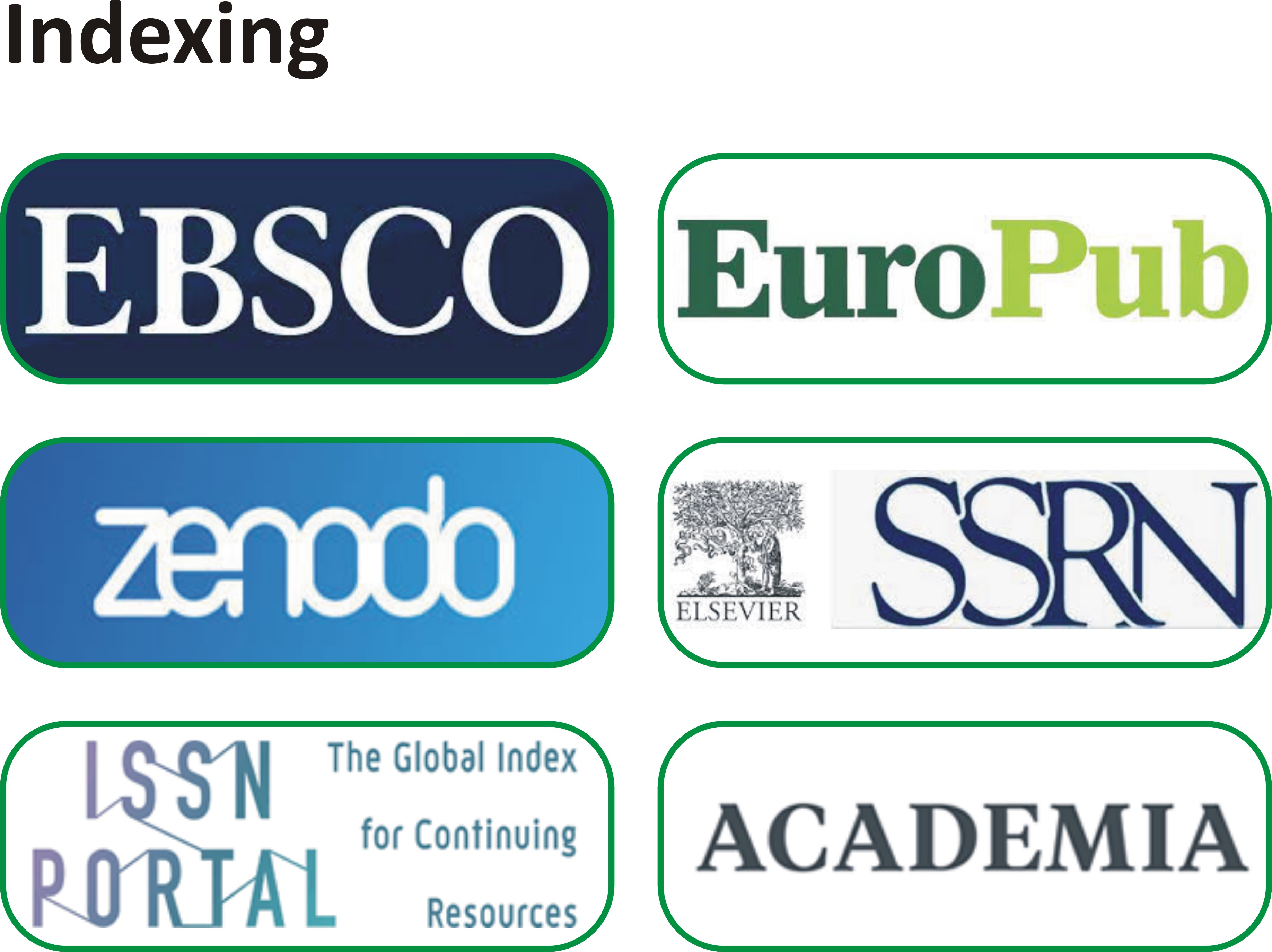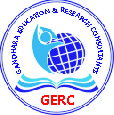USA Strategies to Asia: An Analysis From Realist Perspective
Abstract
Southeast Asia derives its strategic importance mainly from its location at the intersections of the
development of military force, technologically advanced and industrialized countries in northeast Asia to the north,
the oil-rich Middle East and Indian subcontinent to the east and Australia to the south. It is also an area with vast
untapped valuable resources and intersection of the highest trade and commerce routes of the globe. The U.S has
established a strong position in Southeast Asia since the end of World War II, that has given much peace. The
substantial investment and infrastructure advancement culminated in an accelerated post-war recuperation of the
ravaged area that also aided China (now the Financial Gigantic of the Globe) towards rapid economic growth.
During most of the Cold War and in the Vietnam War Southeast Asia resounded. United States changed its emphasis
from defense to economic matters in Southeast Asia after the end of the Cold War. Market entry' and' market
expansion' became the main phrases of US foreign policy for this area, that centered on the Asia-Pacific Forum on
Economic Cooperation. Upon assuming office, President Trump reiterated his promises and policy positions for
greater emphasis and involvement in the Asia-Pacific region by rewriting it as an Indo-Pacific region to tackle North
Korea's imminent threat and ensuring friends of unstinting American commitment for continuing involvement in the
region. This is an academic discussion; thus opinions expressed in this work are the views of the researcher himself.
Copyright Notice Submission of an article implies that the work described has not been published previously (except in the form of an abstract or as part of a published lecture or academic thesis), that it is not under consideration for publication elsewhere, that its publication is approved by all authors and tacitly or explicitly by the responsible authorities where the work was carried out, and that, if accepted, will not be published elsewhere in the same form, in English or in any other language, without the written consent of the Publisher. The Editors reserve the right to edit or otherwise alter all contributions, but authors will receive proofs for approval before publication. Copyrights for articles published in IJSSA journal are retained by the authors, with first publication rights granted to the journal. The journal/publisher is not responsible for subsequent uses of the work. It is the author’s responsibility to bring an infringement action if so desired by the author.



